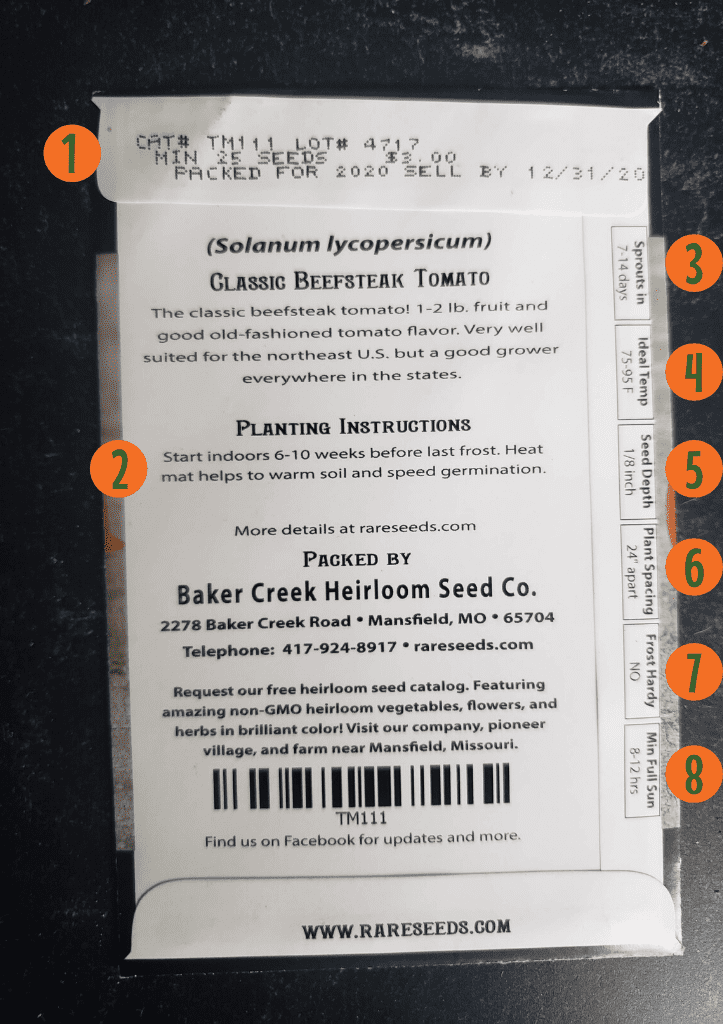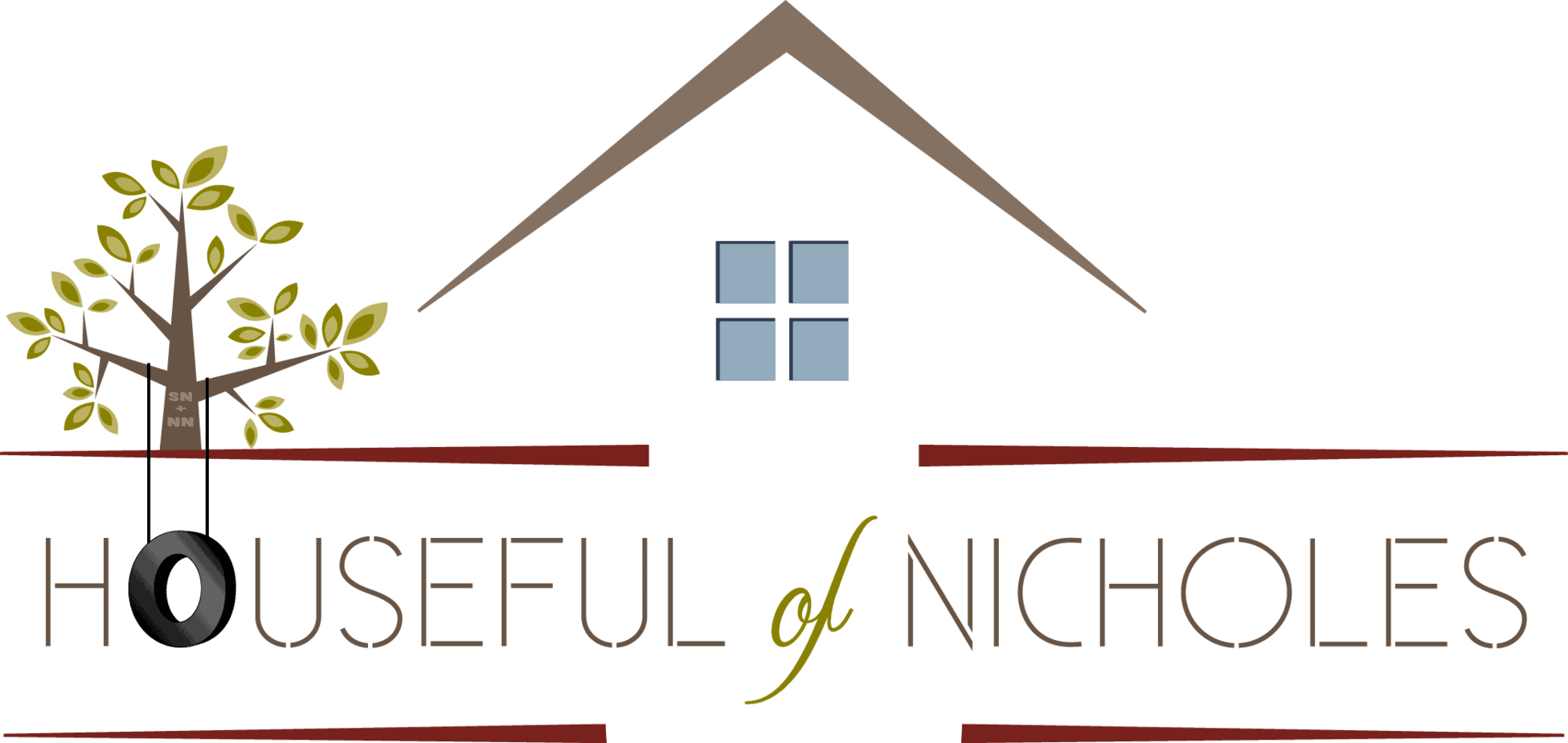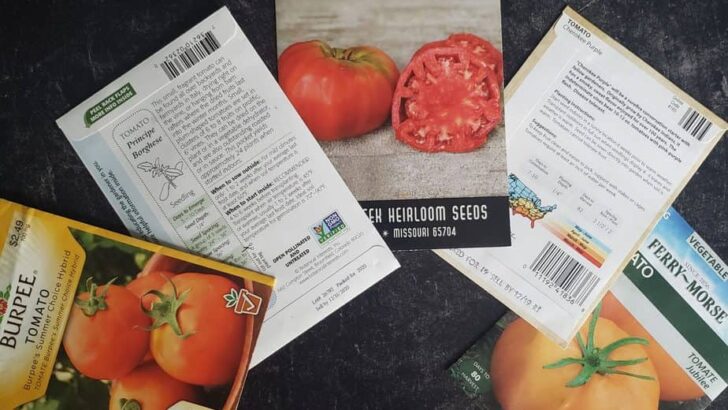Hey there and welcome to the gardening 101 series here on the blog. When someone starts thinking about gardening, they go on very long daydream trips about what they'll grow, how beautiful their garden will be and all the amazing crops and flowers they'll be able to share with others. They go about buying supplies and then they get home to read seed packets, and lots of those very same people are confused. Last frost date? Sow indoors?! What's with this spacing? Well my friends, I'm here to help you out a bit, and to show you how to read a seed packet properly.

Yes. I'm going to talk you through it AND share it via video!



If you're up to it, you can go and grab a seed packet of yours and follow along with the post. If you don't feel like it, no worries. You can always pin this post to reference if you need it.
I've numbered the points of the packet to help you follow along better.
How To Read A Seed Packet

- This portion is just general information given by the particular brand of seeds that you purchase. This information isn't always at the top of the packet, but it will always include the year the seeds were packed, the lot number and sell-by date. The number of seeds isn't always included here, but Baker Creek Seeds has theirs here, while other seed companies like Botanical Interests include it on the front of their packet.
- Planting instructions. Here you'll find when you need to plant, and the conditions that each seed needs. For these tomatoes, they need to be planted 6-10 weeks before your last frost date. You can find your last frost date on Farmer's Almanac under the planting calendar tab. This information can also be used to inform you whether you can sow indoors or outdoors. All seeds can be sown directly, but if you're in a cold-weather climate, you greatly decrease your chances of harvesting a bumper crop if you don't start your seeds indoors.
- Tells you how many days your seed will sprout in. This may actually be longer than what happens. For example, with our soil blocks, heat mats and grow lights, we've sprouted these seeds in less than three days.
- This is the ideal temperature that the seeds will sprout and thrive. Too cold and they won't sprout in the allotted time, too hot, and you'll cook them.
- This item tells you how deep you should plant your seed. Smaller seeds like tomatoes, peppers, cabbage and others, don't need to be planted so far below the soil. Larger seeds like melons and squash need to be planted about ½ an inch deep.
- Plant spacing - how close you can plant together in the same row. Not to be confused with row spacing. We'll get into that more later.
- Can they handle frost? These can't, but brassica plants like cabbage, kale, and other thicker green leafy vegetables can.
- How many hours minimum of sun these plants need to thrive properly.
Other items that may be present on seed packets are thinning instructions - which include how many plants can grow in one spot and how close they can be.

While you're getting ready to get your gardens planted, remember to wear your Dirty By Nature gear and tag us on Instagram using #WeSowWeGrow & #DirtyByNature!

